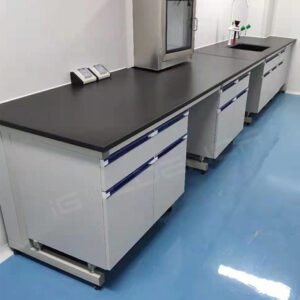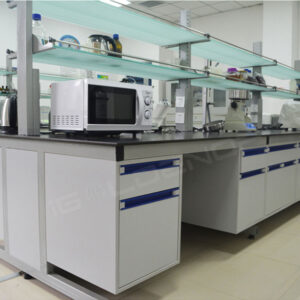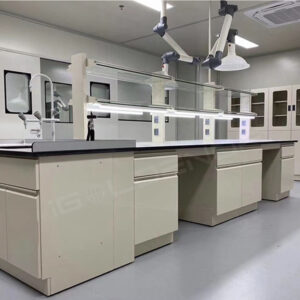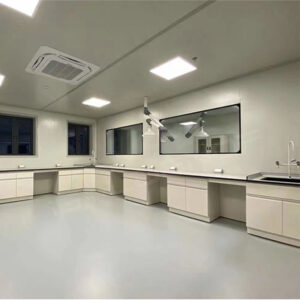A clean workspace is essential to maintain production and retain the integrity of an experiment or application. However, when a lab bench should be cleaned and disinfected often depends on what actions are being performed in the lab.


In general, experts recommend a routine cleaning and disinfection schedule. For many labs, that means cleaning and disinfecting after every shift, as well as after any type of spill or contamination occurs.
Some environments may require more aggressive cleaning and disinfection procedures. For example, in some pharmaceutical labs, the sterility of the drugs must be preserved. A lab that produces or handles chemotherapy drugs is one such lab because chemo drugs are considered hazardous and often contain carcinogens. Therefore, it’s usually recommended for lab workers to disinfect a bench before and after the production of each batch.
When a lab bench should be cleaned and disinfected is not the only consideration when it comes to maintaining the integrity of a lab. Before a lab bench is cleaned or disinfected, it’s important to prep the area for cleaning and use the right cleaning agents for your application.


During the cleaning and disinfecting process, it’s easy to only focus on the worksurface of the lab bench since this is the area that often sees the most use. But it’s also a good idea to include other areas of the lab bench as well when cleaning. These areas include frequently touched drawers and drawer handles, computers and keyboards, telephones, chairs, shelving and even items like pens.
Many experts recommend mopping the lab floor under the lab bench at least daily as well.
After cleaning is completed, it’s important to document the decontamination process so that the next employee who uses the lab bench is aware of the last time the workstation was cleaned.
Working in a lab often requires the use of harsh chemicals when cleaning and disinfecting spaces. Beforelab bench beginning, it’s always a good idea to have the proper type of protective gear available for personnel to protect them from these chemicals. This may include face masks, goggles, gloves, lab coats, coveralls and more.
